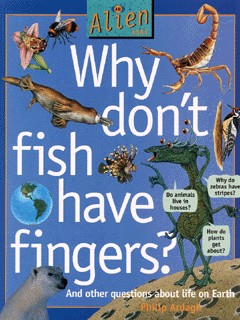Resources
This item is one of over 25,000 physical resources available from the Resources Collection. The Archive Collection covers over 50 years of curriculum development in the STEM subjects. The Contemporary Collection includes the latest publications from UK educational publishers.
Why does employer engagement matter? A toolkit for managing employer activities in schools and colleges
The Career Development Institute (CDI) has produced this practical guide to designing and implementing the work-related curriculum.
It is written specifically to support careers coordinators and careers advisers in schools and colleges and is packed with tried and tested ideas, facts and templates. It is...
Why Does That Work?
This activity is produced by the Maths Magic project. Why Does That Work? describes a simple trick using a domino. Students are asked to use algebra to explain why the trick works. The lesson plan links to Numeracy Strategy material Mind readers and What's the trick? assessing students’ progress in mathematics at...
Why does the earth spin
The Earth spins on its axis, completing a full revolution every day. By why does it do this? One of the most common misconceptions in physics is the belief that constant motion requires a constant force. So many people believe there must be some force in the Earth (e.g. gravity, centrifugal force) that keeps it...
Why does the Moon orbit Earth?
This video does not offer an explanation, but asks several people the question and shows their answers.
This item is one of over 25,000 physical resources available from the Resources Collection. The Archive Collection covers over 50 years of curriculum development in the STEM subjects. The Contemporary Collection includes all the latest publications from UK educational publishers.
Why Doesn't the Moon Fall Down?
This animated clip investigates the idea of orbits. It begins with Alice and Bob wondering why the Moon doesn’t fall to the Earth but an apple does. Alice throws an apple hard enough that it goes into orbit around the Earth. This clip could provide a lead in to topics such as gravitational force, acceleration,...

With a lively approach to the human body and life on earth, this informative book is written from the point of view of a friendly, inquisitive alien. It asks questions many young readers do, like "Why do humans' ears...
Why Don't Girls Do Physics?
Professor Ted Wragg presents this short Teachers TV film which explores why girls lose interest in physics the older they get, despite enjoying it at an earlier age. Professor Michael Reiss from the Institute of Education discusses his research into gender and physics and explains what schools can do to increase...

